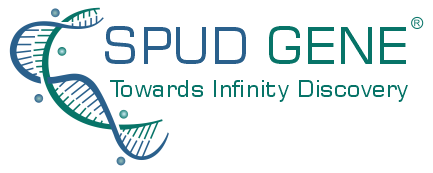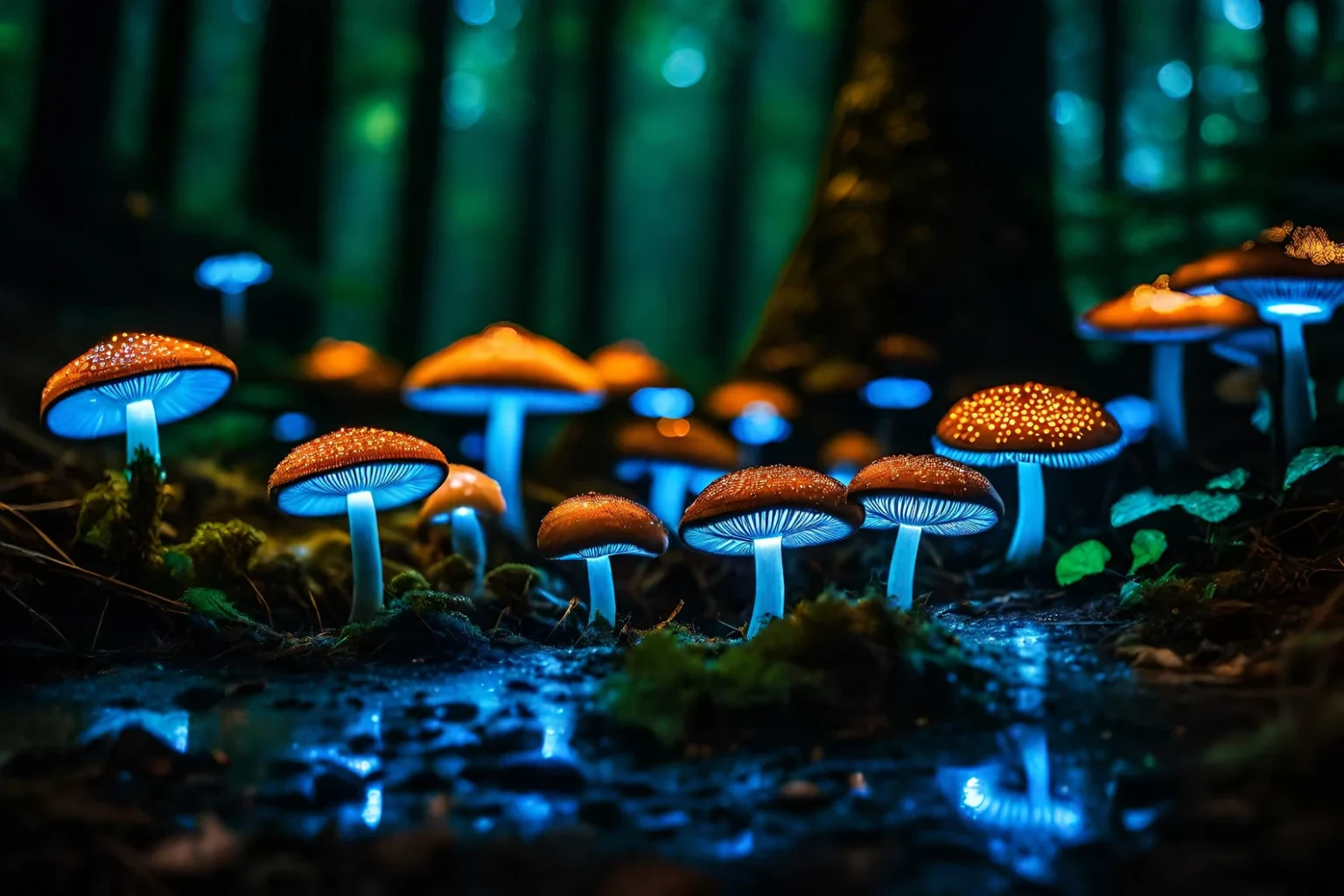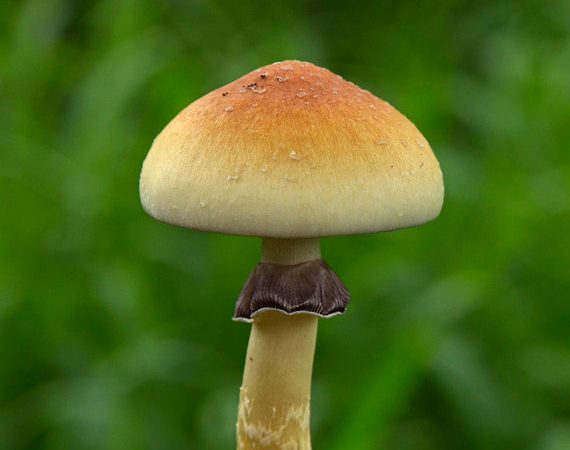
Psilocybe Cubensis
Psilocybe Cubensis is characterized by its light to dark brown cap and slim stem. It can be found in various regions worldwide and is renowned for its high psilocybin content.
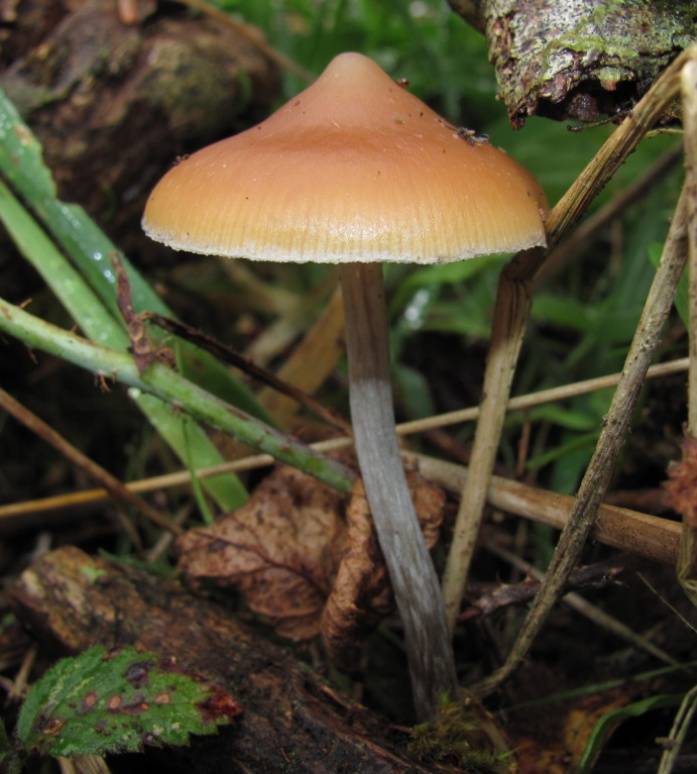
Psilocybe Azurescens
Psilocybe azurescens is native to the Pacific Northwest region of the United States and is characterized by its strong psilocybin content, large caramel-colored caps, and growth in coastal grassy slopes and wood chips.
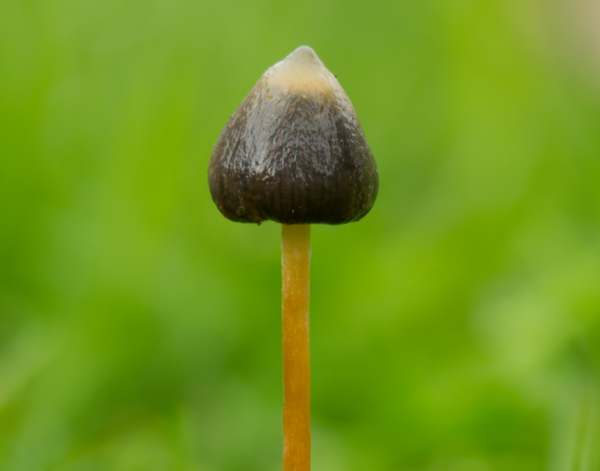
Psilocybe Semilanceata
Psilocybe semilanceata, also known as "Liberty Cap," is identified by its small conical cap and tall, thin stem. It is typically found in grassy areas, especially in Europe and North America.
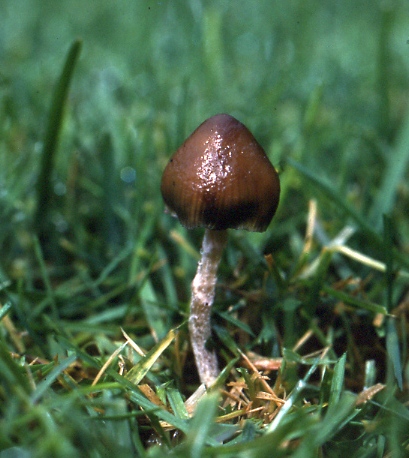
Psilocybe Baeocystis
Psilocybe baeocystis is commonly known as "Bottle Cap" and is distinguished by its distinct caps and bulbous-shaped stems. It can be found in various habitats, including wood chips, grassy areas, and forests.
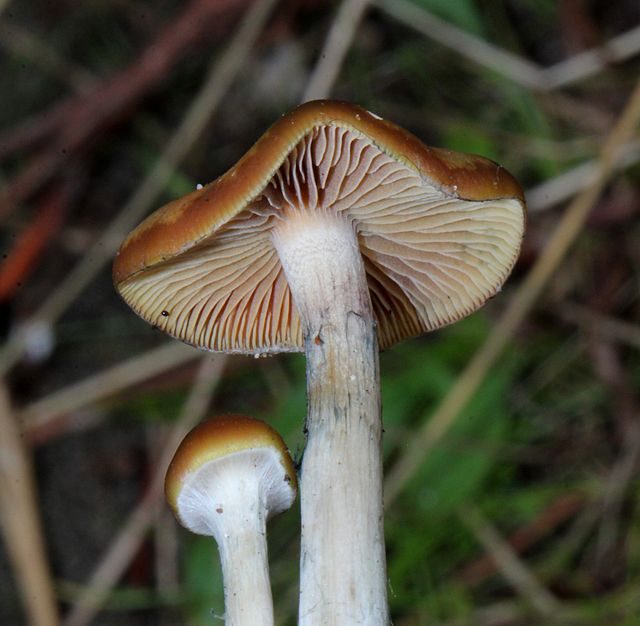
Psilocybe Cyanescens
Psilocybe cyanescens, also referred to as "Wavy Caps," is recognized for its wavy caps, caramel color, and thick stems. It is predominantly found in wood chips, mulched gardens, and grassy areas.
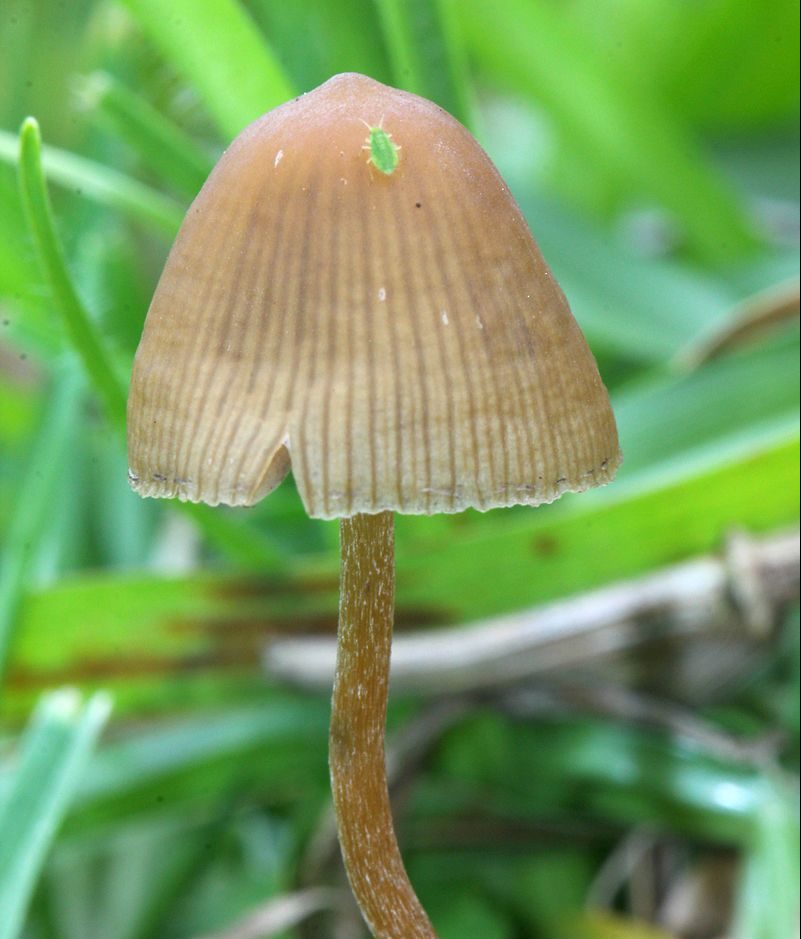
Psilocybe Mexicana
Psilocybe mexicana has small, light-colored caps and slender stems and is known for its role in ancient rituals. It is considered one of the earliest recognized sources of psilocybin.
